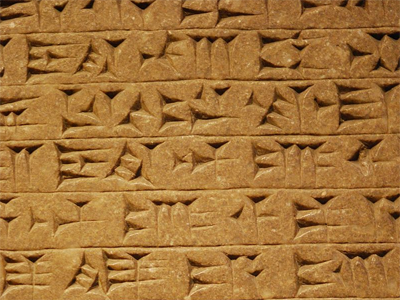RTI-VIPS
 We are working with the RTI-VIPS project to simplify the deployment process for their Reflectance Transformation Imaging software, packaging these complex components into an installer designed for use by researchers in the humanities. This will help to overcome a key deployment barrier faced by the software's users, including researchers from the British Museum and the Louvre.
We are working with the RTI-VIPS project to simplify the deployment process for their Reflectance Transformation Imaging software, packaging these complex components into an installer designed for use by researchers in the humanities. This will help to overcome a key deployment barrier faced by the software's users, including researchers from the British Museum and the Louvre.
The RTI-VIPS programme serves to provide solutions that employ Reflectance Transformation Imaging techniques to capture the reflectance properties of a given surface. Multiple captures are taken with varying light sources to construct an interactive relit record of the material sampled. Cultural heritage examples of the technology include work on cuneiform tablets, numismatic archives, manuscripts, rock art and lithic artifacts.
Simplicity!
The RTI-VIPS software is comprised of a number of software packages that handle the acquisition and viewing of images, the calculation of reflectance properties, and camera management and calibration.
The software developers, based within the Web and Internet Science Research Group at the University of Southampton, want to investigate more convenient methods to deploy the software components required to operate the system. Currently the installation process is manual and comprises numerous steps that require knowledge from the original team.
Objectives
Completing the chain from lab-based software to tools usable by humanities researchers is the ultimate aim for the project.
The Institute will be helping them to achieve this goal by investigating and implementing methods to bring these four packages together via an installation process that is easily usable by researchers.
